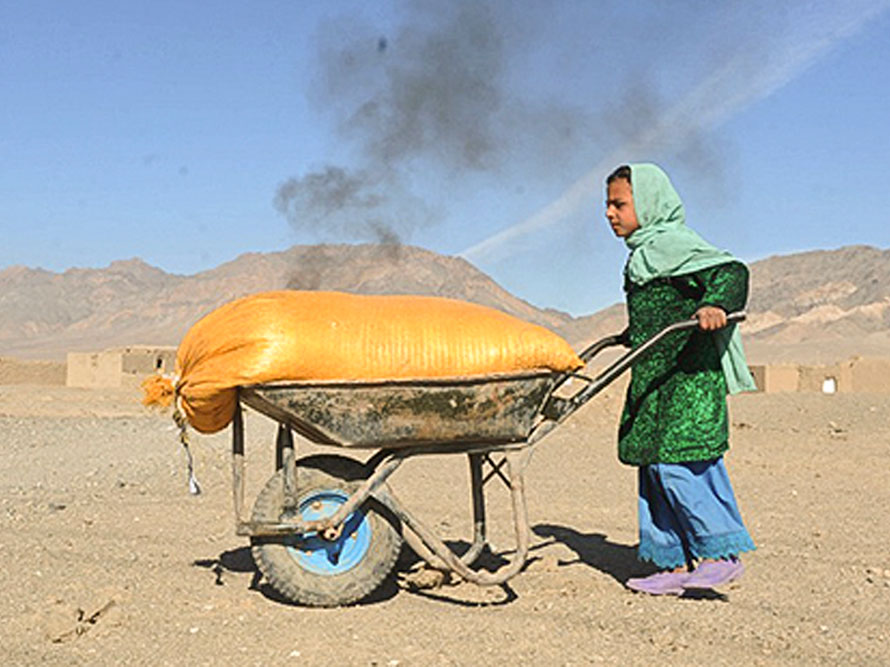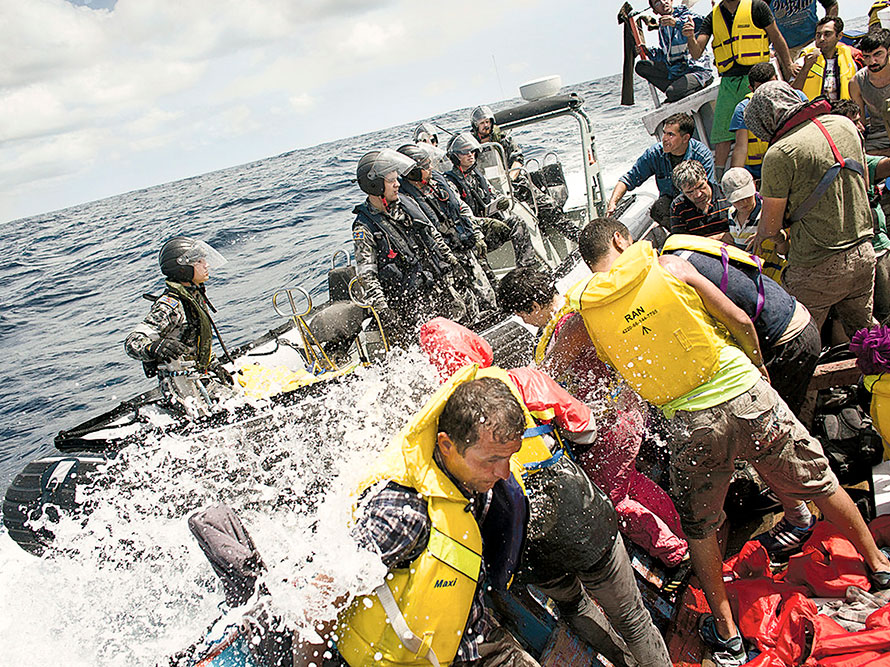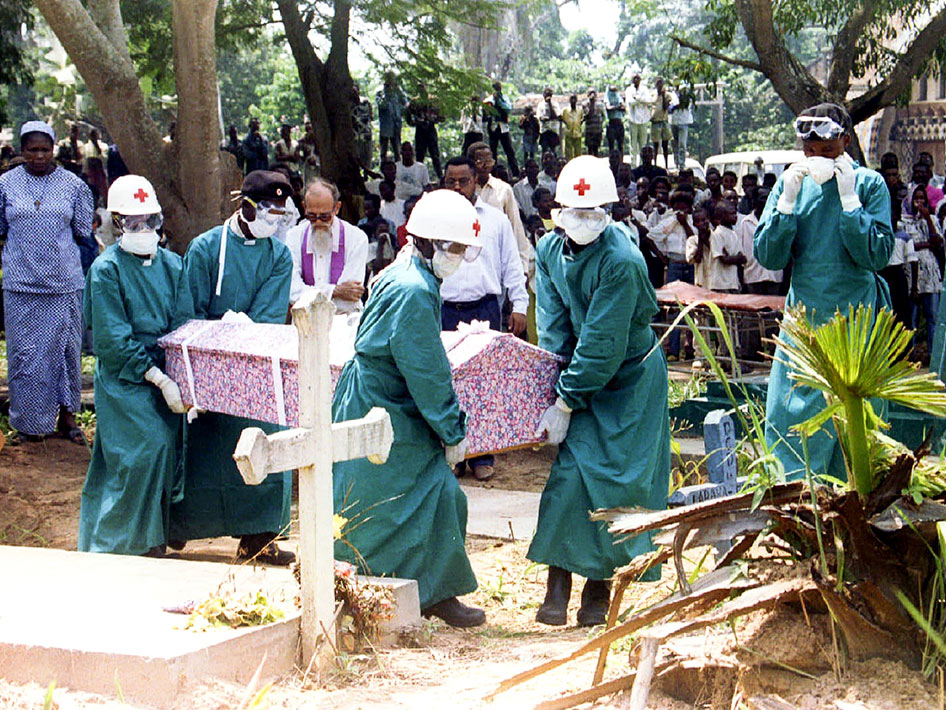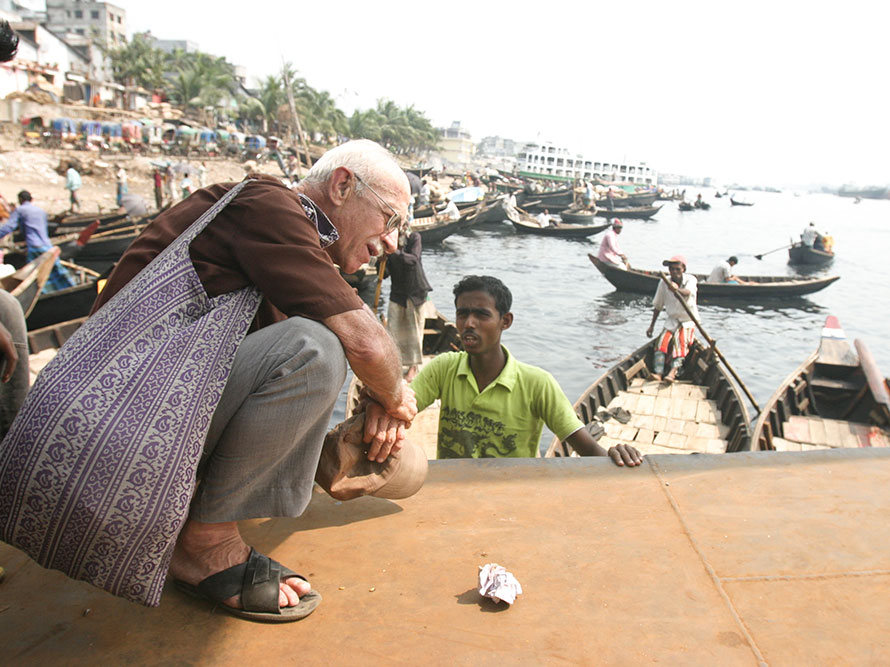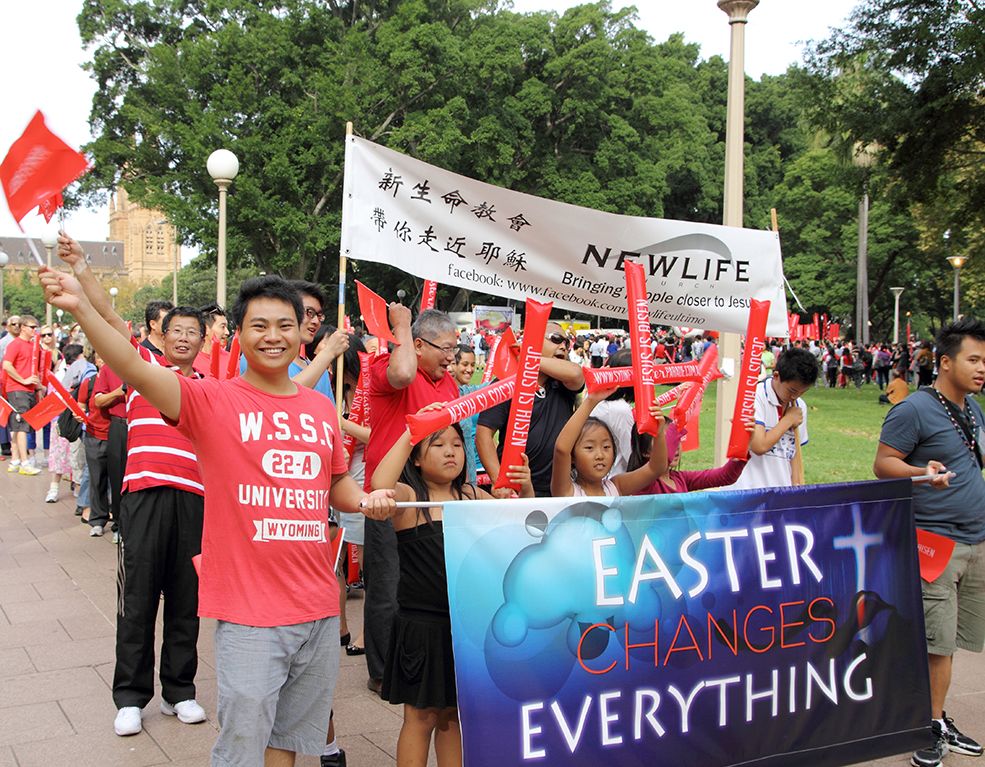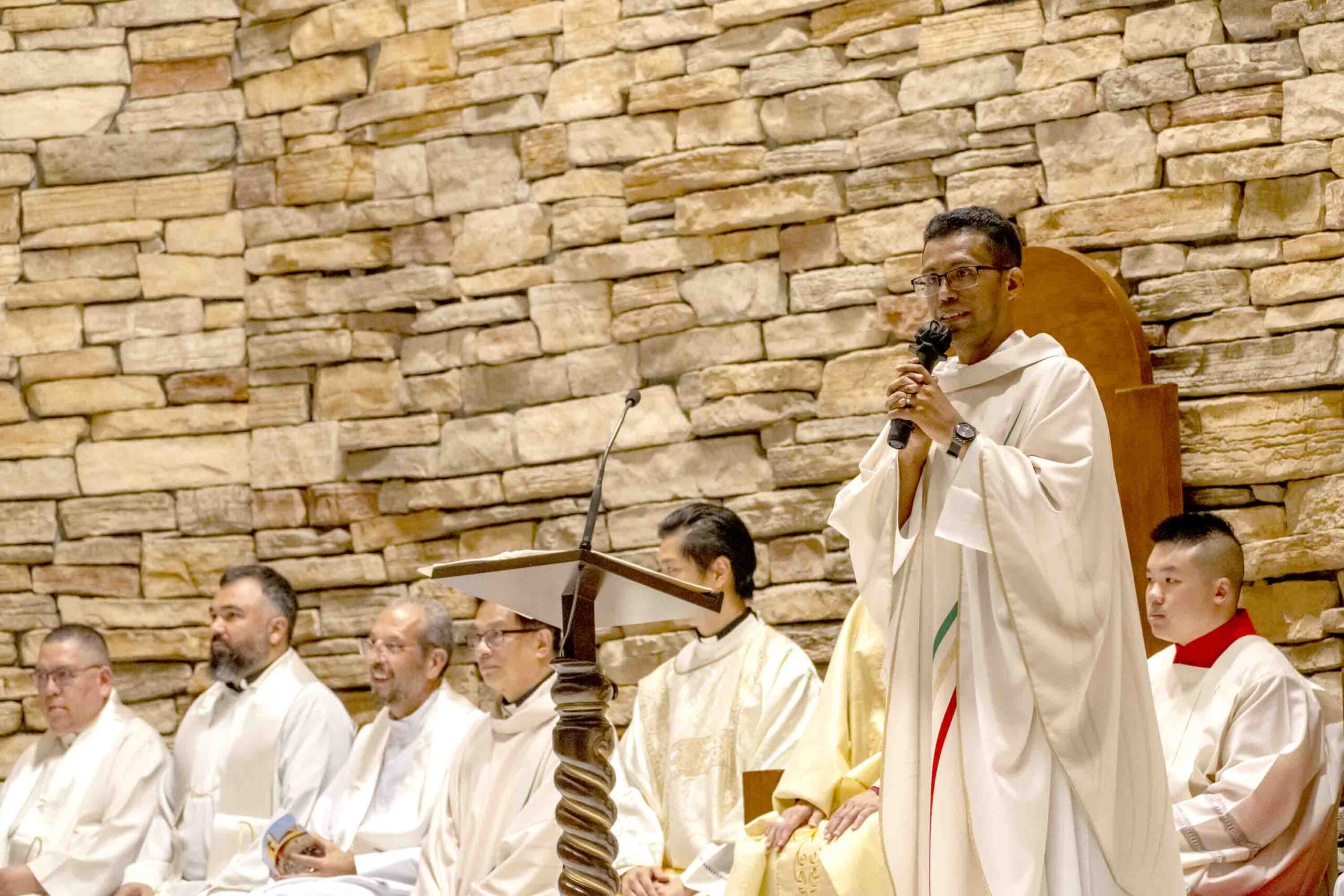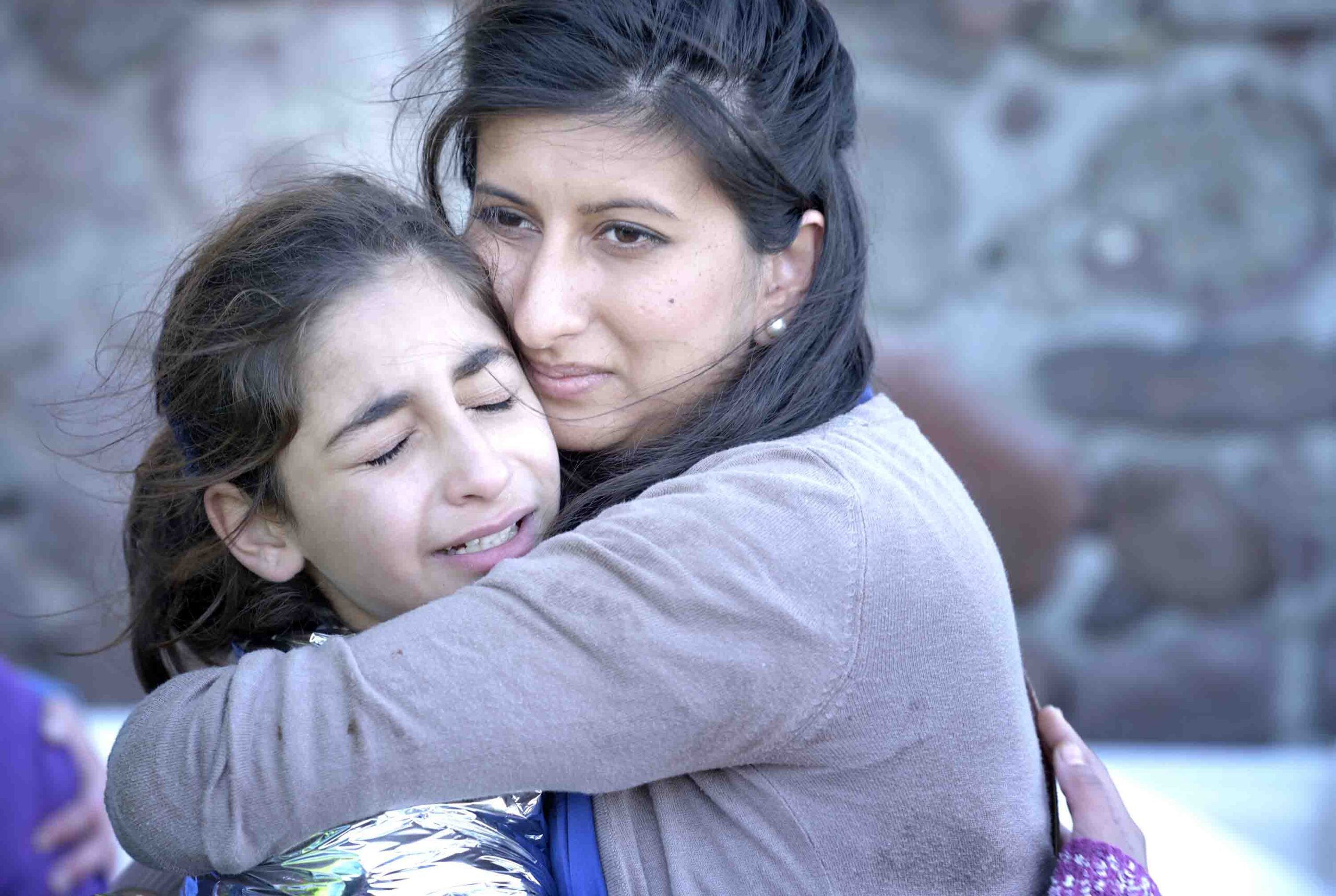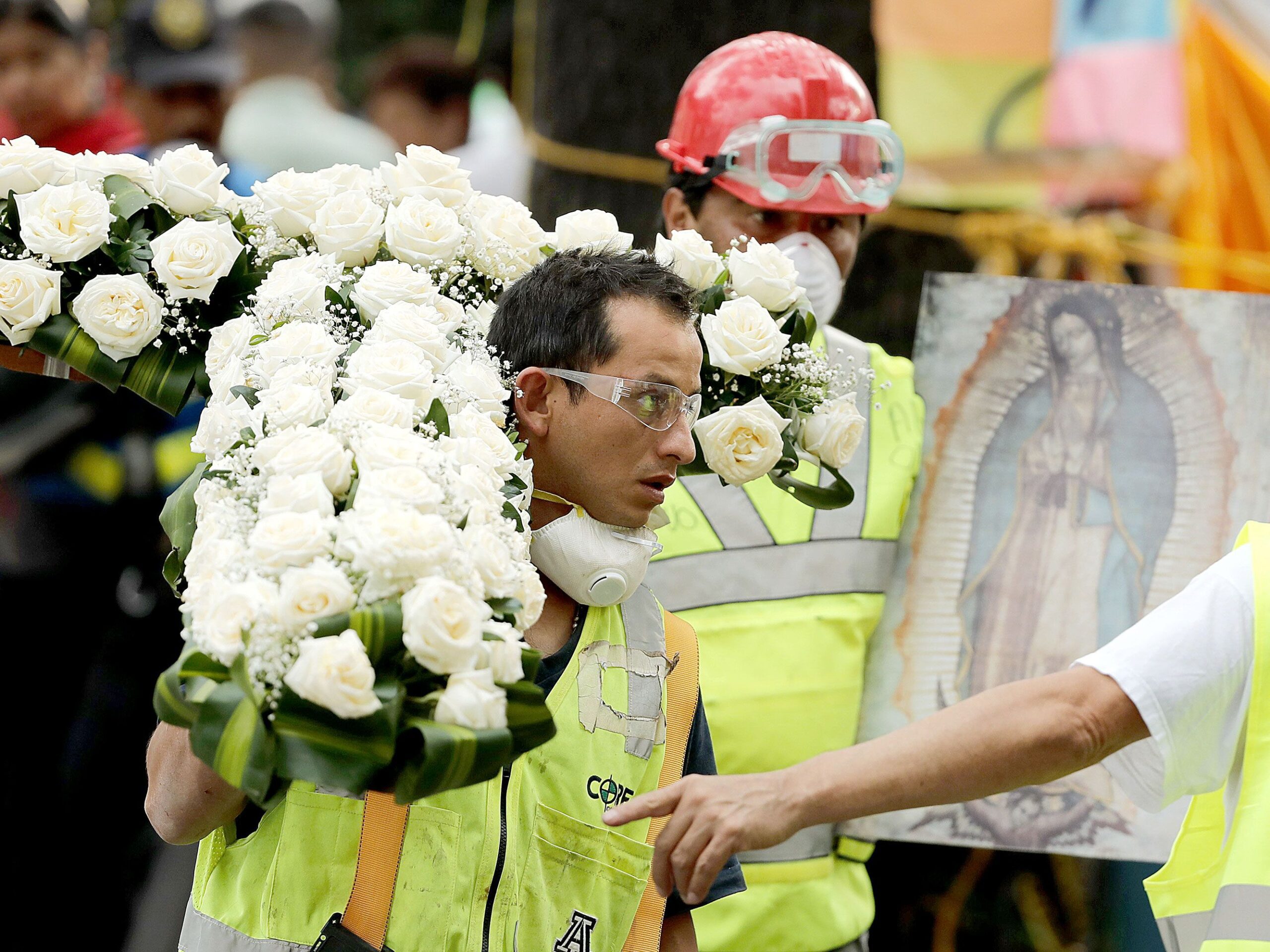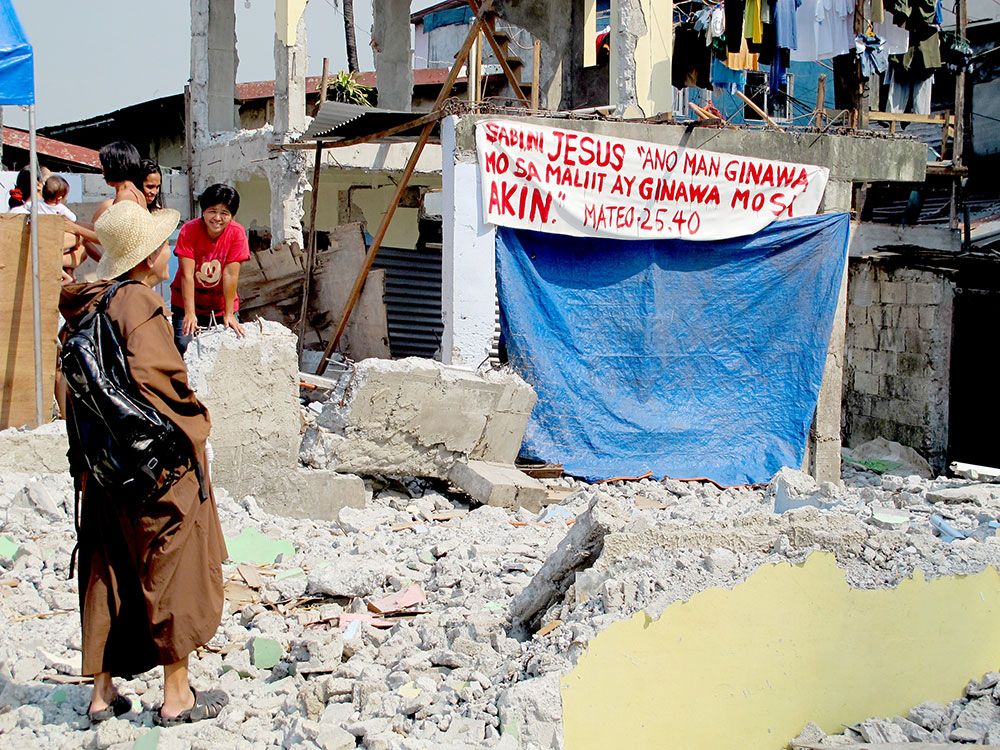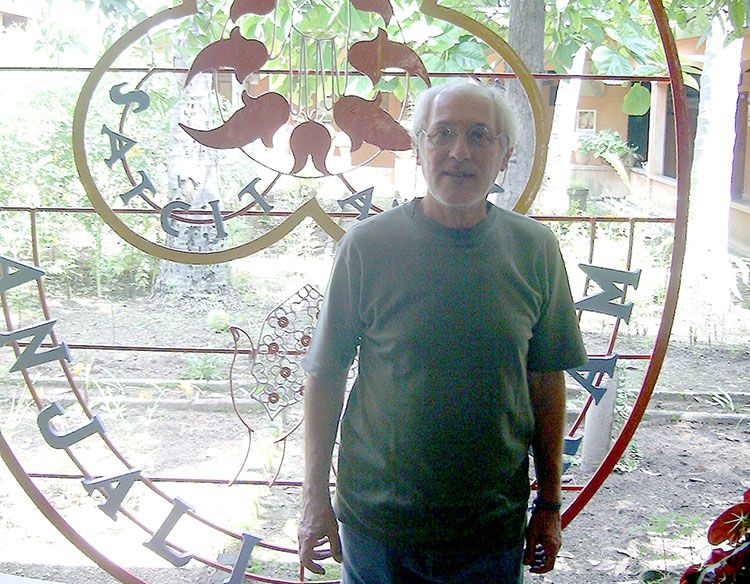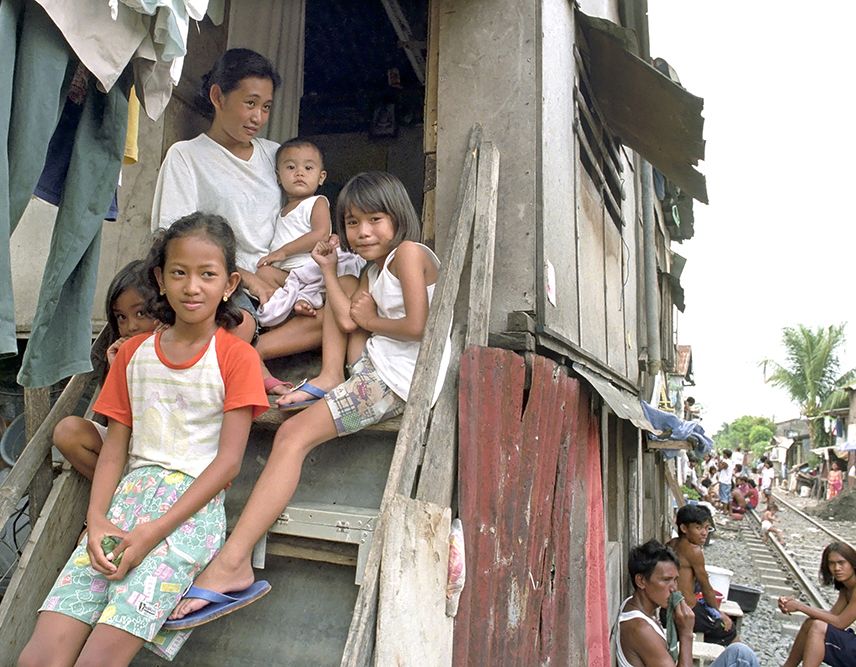“Ever since the creation of the world, His invisible attributes of eternal power and divinity have been able to be understood and perceived in what He has made” (Rom.1:20).
The Oriental concepts of power, like prana, chi, ilimu, & bisa, are a common reality in Asia. They trace their origin in the belief that the “Absolute” is energy or power that is shared with the rest of creation. In Christianity, this concept is seen in St. Paul’s theology of energy which likens power to a facet of the Holy Spirit. Similarly, Greek Orthodox theology views the Holy Spirit as uncreated energy or grace. When humans participate in uncreated energy, it becomes created energy. This participated energy is used for healing, as recounted in Acts: “So extraordinary were the mighty deeds God accomplished at the hands of Paul that when face cloths or aprons that touched his skin were applied to the sick, their diseases left them and evil spirits came out of them.” The faithful, through a process of theosis or divinization, gradually share in this divinity.
On the other hand, grace as a technological and theological term, does not exist in Scriptures. Instead, Christ used a symbolic language such as the metaphor of the vine and the branches to illustrate it (Jn. 15:1-17). The branches can only bear fruit if they remain with the trunk. Furthermore, He says that He is the Living Water (Jn. 4:10-15).
IMPOSITION OF HANDS
The imposition of hands, as documented in the Bible, is the vehicle for transmitting the Holy Spirit as power and grace. In the Old Testament, imposition of hands signified many things. It served as a blessing, like when Jacob blessed his two sons, Ephraim and Manasseh (Gen. 48:13-16). It was a sign of consecration, of being chosen and given the aptitude for exercising some function, as when Moses laid his hands on Joshua (Dt. 34:9). It also distinguished between the one offering a sacrifice and the victim itself (Lv. 1:4).
The New Testament attached other meanings to the imposition of hands. Jesus touched children, “embraced them and blessed them, placing His hands on them” (Mk.10:16) because the kingdom of heaven belongs to them. His act of touching the sick (Lk. 13:13; Mk. 8:23 ff, Lk. 4:40) healed them. He also empowered the disciples to heal: if “they lay hands on the sick, they will recover” (Mk. 15:18). Before His ascension, He raised His hands towards His Apostles and gave them power (Lk. 24:40).
While Saul became temporarily blind, Ananias placed his hands on him so he could recover his sight and get baptized (Acts 9:10-19). When Simon the Magician saw that the Spirit was conferred by the laying of hands on the apostles’ hands, he offered them money and said, ‘Give me this power too, so that anyone upon whom I lay my hands may receive the Holy Spirit’ (Acts 8:18-20). Furthermore, the practice of the laying of hands signified the transmission of the Holy Spirit and power for a precise mission, as in the ordination of the first deacons (Acts 6:6), or when Paul ordained Timothy (2 Tim. 1:6 ff). Through the laying of hands, the Jerusalem community also commissioned Barnabas and Saul in their mission to the Gentiles (Acts 13:3).
ST. IRENAEUS AND GOD’S ARMS
St. Irenaeus (130-202 AD) harmonized the inspired written texts and the Church magisterium on the transmission of power. He based his theology on the Incarnation and spoke of God the Father as having two arms, the Son and the Holy Spirit, in creation and in embracing the world. In creation, Irenaeus said: “Now God shall be glorified in His handiwork, fitting it so as to be conformable to, and modeled after, His Own Son. For by the hands of the Father, that is, by the Son and the Holy Spirit, man, and not (merely) a part of man, was made in the likeness of God. Now the soul and the spirit are certainly a part of the man, but certainly not the man; for the perfect man consists in the commingling and the union of the soul receiving the Spirit of the Father, and the admixture of that fleshly nature which was molded after the image of God” (Adversus Haereses).
GESTURE OF FORGIVENESS
Meanwhile, the famous Dutch painter Rembrandt van Rijn (1606-1669), in his painting “The Return of the Prodigal Son,” illustrated God the Father’s mercy. In the painting, the father had both hands on the prodigal son’s shoulders, a sign of forgiveness and reassurance. Rembrandt painted one hand of the Father as strong and masculine while the other hand as soft and feminine. The feminine hand is reminiscent of a passage in Isaiah: “Can a mother forget her infant, be without tenderness for the child of her womb? Even should she forget, I will never forget you.” Rembrandt instinctively illustrated St. Irenaeus’ theology of God the Father’s two arms in embracing fallen humankind.
UNDER IMPOSITION OF HANDS
Many gestures in the sacraments and the liturgy require the imposition of hands and the invocation of the Holy Spirit. In adult baptism, for example, a part of the ritual requires the minister to pray: “May Christ our Savior strengthen you with His power for He is the Lord for ever and ever.” Then he places his hands on the candidate in silence. In the baptism of children, on the other hand, the rite instructs the celebrant to impose his hands over all the children at once and say: “May you have the strength in the power of Christ our Savior, who lives and reigns for ever and ever.”
In the Roman rite of confirmation, the celebrant and other ministers with him lay or extend their hands upon all the candidates while the celebrant says: “All powerful God, Father of our Lord Jesus Christ, by water and the Holy Spirit, You freed Your sons and daughters from sin and gave them new life. Send Your Spirit upon them to be their Helper and Guide…”
In the case of the Eucharistic celebration, the laying of hands and the invocation of the Holy Spirit (epiclesis) are performed to change the bread and wine into the Body and Blood of Christ. According to Maloney, “the principal elements found in the Eucharistic epiclesis as gathered from the various liturgical texts are: (1) a simple invocation to God, (2) a petition that God the Father send down the Holy Spirit, (3) a petition that the Holy Spirit transform the bread and wine into the Body and Blood of Christ, and (4) a similar petition that the Holy Spirit apply to the faithful the sanctifying fruits of the Eucharist.”
Meanwhile, in the Sacrament of Holy Orders, the imposition of hands stands out clearly because no words are said while the bishop and priests present lay their hands over the ordinandi. In the Sacrament of Matrimony, the imposition of hands is not explicit. But when the couple exchange vows and hold hands, this gesture is a kind of imposition of hands. Before the couple exchanges their vows, the priest tells the couple to “join your right hands and express your intention before God and His Church.”
In the Sacrament of Reconciliation, the priest extends his hands over the penitent’s head while saying the prayers of absolution. In the Anointing of the Sick, the priest lays his hands on the head of the sick person before anointing the latter with holy oil.
THE SEED AND THE SOIL
In short, the laying of hands in all the sacraments points to sacraments as having power. But despite their inherent power, how come the sacraments become effective (or non-effective) in varying degrees? This question points to the role of the sacraments and the receiver.
The classical expression is that the sacraments “work” ex opera operato and ex opera operantis. St. Thomas Aquinas sometimes substitutes ex opera operato as ex opera Christi, meaning that the sacraments are effective through the work of Christ on the one hand, and the faith of the receiver, on the other hand. “From the moment that a sacrament is celebrated in accordance with the intention of the Church, the power of Christ and His Spirit acts in and through it, independently of the personal holiness of the minister. Nevertheless, the fruits of the sacraments also depend on the disposition of the one who receives them” (CCC 1128).
The parable of the sower and seed (Mt. 13:1-9) explains that, even if the seed is powerful, it alone cannot work if it is planted on stone or among thorns. It needs good soil, and the fruit can vary. So if the Eucharist is received sacrilegiously, the act harms the receiver.
The “seed” is Christ while the “soil” is the recipient. The seed and the soil are both needed for the sacraments to be effective. Hence the sacraments do not “work” automatically because they require the cooperation or proper disposition of the receiver. Vatican II declares: “In order that the liturgy may be able to produce its full effects, it is necessary that the faithful come to it with proper dispositions, that their minds be attuned to their voices, and they cooperate with heavenly grace lest they receive it in vain.”
THE SEED AND POWER
According to the Vatican II, Christ the Fundamental Sacrament is always present in His Church, especially in her liturgical celebrations. He is present in the Sacrifice of the Mass not only in the person of His minister, “the same new offering, through the ministry of priests, who formerly offered Himself on the cross,” but especially in the Eucharistic species. By His power, He is present in the sacraments so that when a minister baptizes, it is really Christ Himself who baptizes.
As humans, believers do not see how the words of consecration in the Eucharist change the ordinary bread into the Body of Christ and wine into the Living Blood of Christ. But the Eucharistic miracles throughout the centuries attest to the power of the Eucharist, even if the minister lacks faith or is a sinner. During the eighth century in Lanciano, Italy, a priest who doubted the Real Presence was surprised that the Host was transformed into flesh and blood. This miracle is displayed in the present-day church in Lanciano. The scientists who examined the flesh say it contains arterioles, veins and nerve fibers while the blood is type AB.
Even psychics and members of other religions recognize the Eucharistic Presence. Persons whose third eyes are developed can see auras of other people. The late Master Choa Kok Soi, who popularized pranic healing, writes: “The Holy Eucharist is truly sacred. When the wafers or hosts are consecrated, a tremendous amount of divine energy in the form of brilliant electric violet comes down. The hosts are transformed from ordinary bread into “small blazing suns.”
FAITH AND HEALING
Is faith related to the placebo effect? Some experiments affirm that patients with incurable diseases who were administered starch pills got well. The placebo effect works, in part, thru the patient’s power of visualization. During prayer rallies of the Philippine-based charismatic group El Shaddai, its founder, Mike Velarde, tells the assembly to raise inverted umbrellas to “catch” the grace of God. Faith, therefore, can accomplish much if applied to the sacraments.
Again, Choa Hok Soi described the Eucharist as power and as source of healing: “This is assuming that the priest is sufficiently spiritually developed…. Divine healing of the mind, emotion, and body occurs when the sacred host is taken with proper understanding, devotion, and gratitude…. In some instances, the participant may see his or her body filled with divine light and may experience bliss, divine ecstasy, and divine illumination… Eucharistic healing can be used to heal physical ailments, psychological ailments, and emotion hurts or pain.”
The Gospel of Luke narrates the story of the woman who suffered, twelve years, from hemorrhages. She envisioned that she will get well by touching the tassel of Jesus’ cloak. Even if there were many people touching Him, Jesus felt something exceptional because power came out of Him. He asked: “Who touched me?” When the woman realized that she had not escaped the Lord’s notice, she came forward trembling. Falling down before Him, she explained why she had touched Him and how she had been healed immediately. This narrative illustrates the role of the seed and the soil. Although many people pressed around Christ, nobody got healed except a woman who merely touched the tassel of his cloak. Christ attributes the cure to her great faith.






